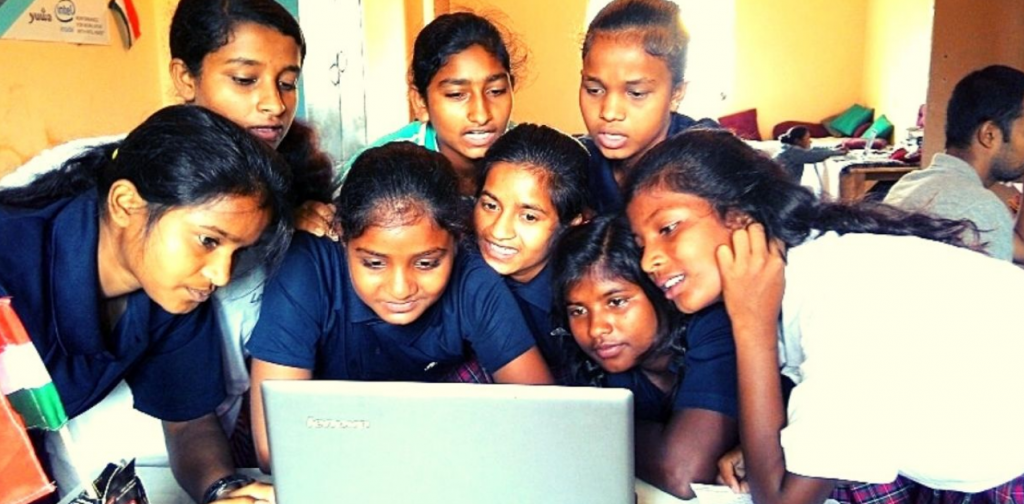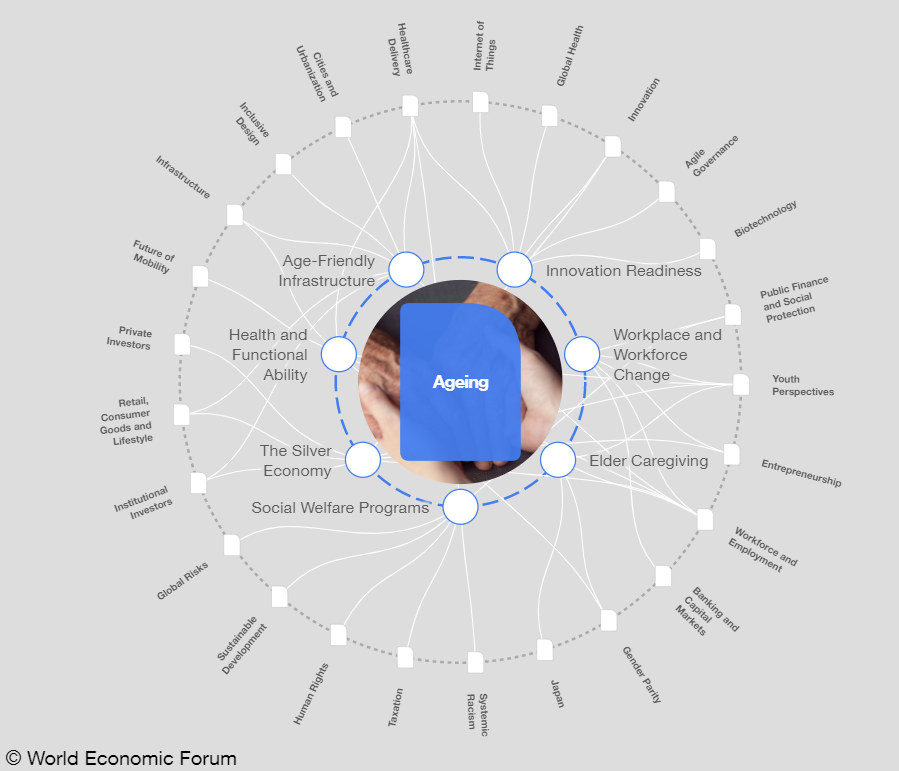Curated by the Knowledge Team of ICS Career GPS
Education

Teaching underprivileged children right from your home
Excerpts from an article by Rinchen Norbu Wangchuk, published in The Better India
It’s no surprise that many in India have gone down the route of taking online classes – they had few other choices with the current situation. Students attend online classes on platforms like Google Meet and Zoom with restrictions still in place for schools from opening up their classrooms.
However, not all children have the good fortune of having fast internet speeds and taking classes online, particularly the underprivileged. There are organisations who have opened up avenues for online and distance learning for these children, and guess what? If you have the time, dedication, qualification and passion for teaching, but can’t venture out of your home, you can now teach these children thanks to these organisations.
1) eVidyaloka: An e-learning pioneer, eVidyaloka has over 1750 volunteer teachers from over 230 cities in 20 countries teaching online. It also provides two-way live interactive classes to more than 20,000 children in 233 villages of India, in seven languages including English, Hindi, Tamil, Kannada, Malayalam and Telugu. Click here to learn more.
2) Indian Foundation for Educational Transformation: This organisation works with government schools and under-resourced private schools in remote and hilly areas. They are looking for interns to teach children studying in remote areas of North East India. Volunteers will teach the subject(s) they understand well and will work closely with different stakeholders. Click here to learn more about it.
3) World Youth Council: Students from different universities are volunteering with ‘Teach From Home’, an initiative by the World Youth Council (WYC), a non-profit working to provide education to underprivileged children. Classes are held virtually if the student has a smartphone. Lessons are also imparted by way of a regular phone call. Click here to learn more about it.
4) Bhumi: This is one of India’s largest independent and youth volunteer-driven NGOs. It offers youngsters a platform to educate and mentor children from orphanages, slum and village community centres. Click here to volunteer.
5) A New Road: This Delhi-based non-profit is conducting regular online classes to provide opportunities to the most marginalised children in the city. Know more about the organisation through their Facebook page.
6) Donate An Hour: They are also organising online classes for the less fortunate using android TV, computers, projectors that are backed up by internet connection and electricity. They are open to volunteers. Click here to learn more.
7) Teach in Ladakh, Project Parwaaz: Both volunteer-driven organisations, one working in Ladakh and other in Jammu & Kashmir, teach students one-on-one over phone calls due to lack of internet connectivity. Volunteers, many of whom are students, are briefed on the learning levels of each student and given book PDFs to facilitate lesson planning. Students also depend on videos made by volunteers. You can read more about them here and here.
Career

How to better cater to the elderly and leverage their abilities
Excerpts from an article published by Strategic Intelligence, World Economic Forum
By 2020, the global population aged 60 or older will reach 1 billion; by 2050, it is expected to reach 2 billion. Combined with a general decline in birth rates, this is leading to a situation where the old will soon outnumber the young.
While people over 60 will have trillions of dollars in spending power, there is a need to better cater to them and to leverage their abilities – by adjusting workplace policies and redefining retirement.
Investing more significantly in healthier ageing processes could help combat related health conditions, improve functional ability, and increase productivity.
Elder Caregiving
An ageing population is creating new demand for workers across economies.
As older populations expand faster than younger populations, it is disrupting traditional social structures where younger family members have had primary responsibility for caring for their elders – and creating more dependence on hospitals and institutions.
The gap between the need for elder caregiving and existing supply is widening. It is having a significant impact on the workforce, as it leads to increased absenteeism and decreased productivity, hinders gender parity efforts by having a disproportionately negative effect on female employees (as women make up the majority of elder caregivers), and slows overall economic growth.
Working caregivers must often take time off, pass up promotion, or leave the workforce altogether. Meanwhile employers are losing valuable talent, and greater pressure is being placed on social systems.
The need to provision quality care for the elderly is already disrupting national economies. Countries in Europe and North America, as well as Japan and the Republic of Korea, are looking to implement significant reforms in order to meet the needs of ageing populations.
Workplace and Workforce Change
Traditional systems of work, retirement and personal savings are changing to accommodate ageing populations.
Current work and retirement structures are based on 20th century norms. People now want to work past traditional retirement age, as public policies incentivise them to work in different ways.
As of 2014, eight Organisation for Economic Co-operation and Development countries had established official retirement ages over 65, and more were expected to follow. A more flexible approach to retirement is emerging; the 2015 Aegon Retirement Readiness Survey found that more than half of the respondents expected to retire at or after the age of 65, or to not retire at all, and more than half of those 55 and older anticipated a flexible transition into retirement that may involve reduced work hours and pay.
Studies have shown that the employment of older people leads to increased employment and higher wages for younger workers. In addition, workers aged 60 or older are also more productive than those under 25, and actually generate productivity comparable to 35 to 54-year-olds.
The challenge lies in figuring out how to best transition to 21st century work models. There’s a unique opportunity to re-evaluate entire retirement systems – both public and private – in order to ensure a more sustainable model.
(This briefing is based on the views of a wide range of experts from the World Economic Forum’s Expert Network and is curated in partnership with the Global Coalition on Aging. Full article here)
(Disclaimer: The opinions expressed in the article mentioned above are those of the author(s). They do not purport to reflect the opinions or views of ICS Career GPS or its staff.)
Like this post? For more such helpful articles, click on the button below and subscribe FREE to our blog.




